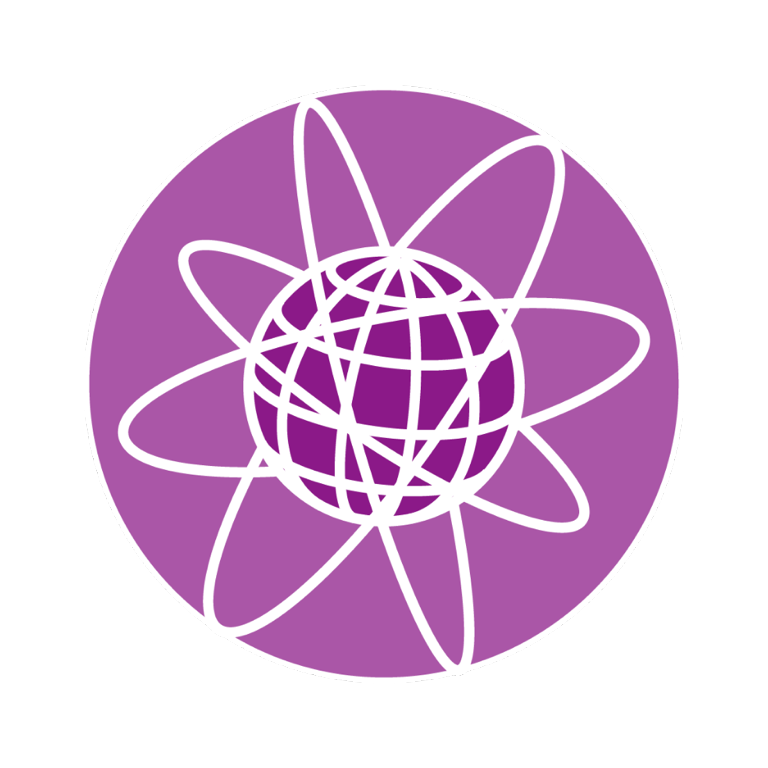GNSS DATA AND PRODUCTS
DESCRIPTION
The TCS GNSS Data and Products Consortium is a collaborative network of European organizations dedicated to advancing geodetic research and ensuring the dissemination of GNSS data and derived products. Bringing together leading institutions and strategic partners, it strengthens geoscientific research and infrastructure development within EPOS, while also fostering collaboration with other disciplines. With a focus on sustainability, interoperability, and open access, the consortium ensures the long-term availability of high-quality GNSS data and derived products, driving innovation and new research opportunities in Solid Earth studies.
● 13 member organizations.
● 35+ European countries with connected GNSS stations.
● 2000+ GNSS stations with available data.
● 2500+ GNSS stations with estimated products (in cooperation with EUREF).
LEADERSHIP
● Chair(s):
o Rui Fernandes (University of Beira Interior, Portugal) – Consortium Board.
o Carine Bruyninx (Royal Observatory of Belgium, Belgium) – Executive Board.
GOVERNANCE
The consortium operates under a collaborative governance model, balancing contributions from member organizations and strategic partners. Key functions include:
● Communication and coordination with the global GNSS community.
● Strategic activities ensuring governance, legal frameworks, and financial sustainability for EPOS integration.
● Regular assessment of the consortium’s impact on geoscientific research and infrastructure development.
● Activities are managed through working teams led by key organizations, ensuring efficiency and alignment with EPOS objectives.
CONSORTIUM COMPOSITION
● Member Organizations:
o Belgium
Royal Observatory of Belgium (ORB).
o France
National Centre for Scientific Research (CNRS).
Côte d’Azur Observatory (OCA).
University Grenoble Alpes (UGA).
University La Rochelle (LIENSs).
o Germany
Federal Agency for Cartography and Geodesy (BKG).
o Greece
National Observatory of Athens (NOA).
o Hungary
Satellite Geodetic Observatory (SGO).
o Italy
National Institute of Geophysics and Volcanology (INGV).
National Institute of Oceanography and Applied Geophysics (OGS).
o Poland
Warsaw University of Technology (WUT).
o Portugal
University of Beira Interior (UBI).
o Spain
National Centre for Geographic Information (CNIG).
o Sweden
Lantmäteriet (LM).
CONTACT
general@gnss-epos.eu.
